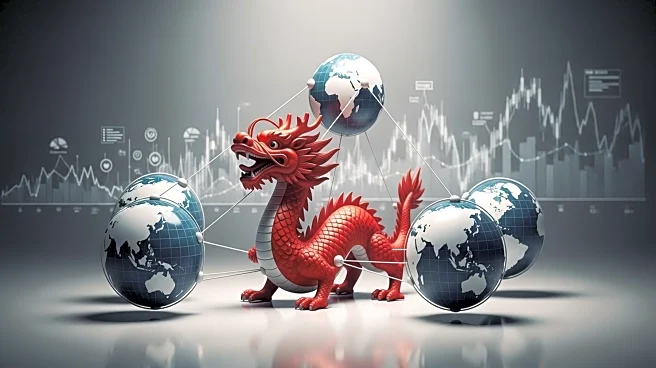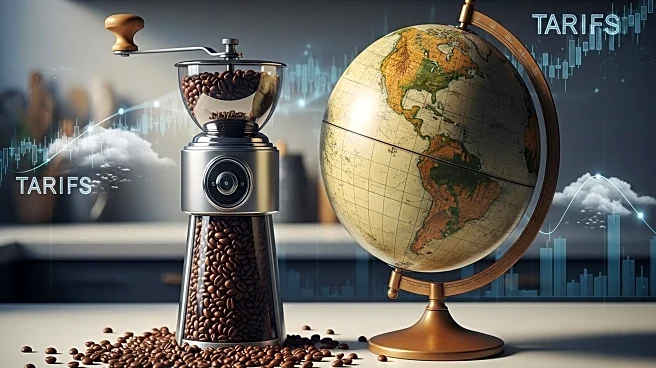What is the story about?
What's Happening?
U.S. consumers continued to purchase discretionary goods in August, with retail sales rising 5.5% in segments like electronics, sporting goods, and apparel. However, signs indicate that consumers will be cautious during the holiday season. Despite increased sales, elevated prices due to tariffs have affected volumes, with unit sales flat or declining across all retail segments. Consumer sentiment has slipped due to concerns about job security, prices, and tariffs, as unemployment ticks up and companies slow hiring. Inventory affected by tariffs is expected to hit shelves during the holidays, potentially weakening sales. Only 22% of shoppers plan to spend more than last year, according to an Experian survey.
Why It's Important?
The shifting consumer spending patterns highlight the challenges retailers face in adapting to new shopping behaviors and economic conditions. Inflation and employment concerns are influencing consumer sentiment, leading to more deliberate and cautious spending. Retailers must understand the extended shopping season and adapt their strategies to meet consumer expectations. Success will depend on a strong relationship with consumers, effective vendor negotiations, and a robust financial position to withstand volatility. The evolving retail landscape requires marketers to prepare for changes in consumer lifestyle, shopping behavior, and media influence, which will impact holiday sales and beyond.
What's Next?
Retailers will need to focus on understanding consumer behavior and adapting their strategies to the new shopping cadence. This includes preparing for inventory affected by tariffs and adjusting marketing efforts to align with consumer sentiment. Retailers may explore innovative approaches to engage consumers, such as personalized shopping experiences and targeted promotions. The holiday season will be a critical period for retailers to test new strategies and gauge consumer response, potentially influencing long-term retail practices.
AI Generated Content
Do you find this article useful?













